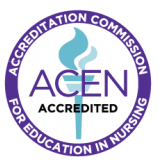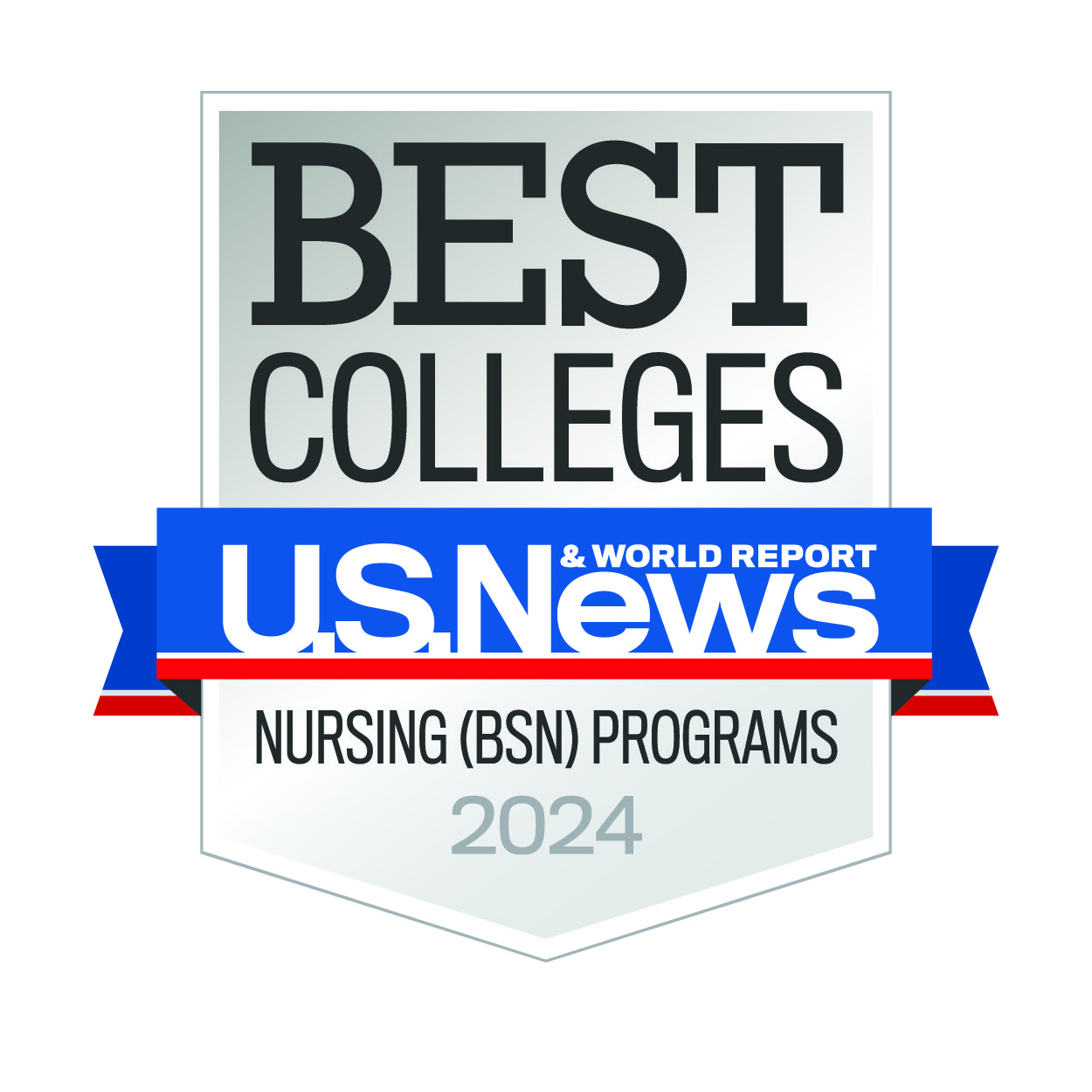Associate of Applied Science in Nursing (AAS)
- Incorporate current evidence-based best practice for delivery of optimal care. (EBP)
- Collaborate effectively within nursing and interdisciplinary teams using open communication, mutual respect, professional identity, and shared decision-making. (T/C)
- Use appropriate clinical judgment in the provision of compassionate and culturally sensitive client care based on integrity while advocating for the diverse needs of the client and family (PCC).
- Analyze data to monitor and improve care delivery and optimize client and system outcomes. (QI)
- Utilize best practice safety standards to minimize the risk of harm to clients, self, and others that also include the administration of Pharmacological and Parenteral Therapies. (S)
- Synthesize the understanding of informatics to communicate, manage knowledge, mitigate errors, and facilitate decision-making for optimal healthcare environments. (I)
RN-BSN Completion (BSN)
- Integrate best evidence-based practices and professional experience with patient preferences and values in the design, coordination, and provision of optimal interdisciplinary care to individuals and groups. (EBP)
- Communicate, collaborate, and lead within interdisciplinary teams to ensure the delivery of optimal care to individuals and groups based on an understanding of organizational structure. (T/C)
- Coordinate, implement, and evaluate compassionate and ethical care while recognizing and empowering the patient or designee as an active collaborator and shared decision-maker in the design of individualized comprehensive care. (PCC)
- Apply and analyze quality measures in the development of plans, tools, and projects to continuously improve patient, group, and system outcomes. (QI)
- Promote and cultivate a culture of safety to minimize the risk of harm to patients, providers, and the community through system effectiveness and individual performance. (S)
- Evaluate the use of information technology to communicate, manage knowledge, and foster lifelong learning in a variety of healthcare delivery systems to support decision-making and mitigate error. (I)

